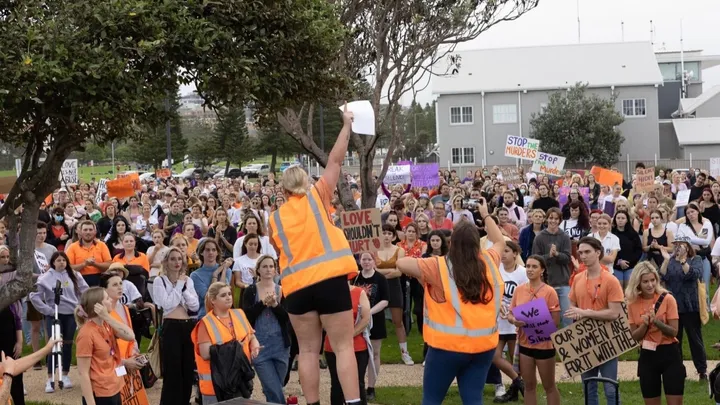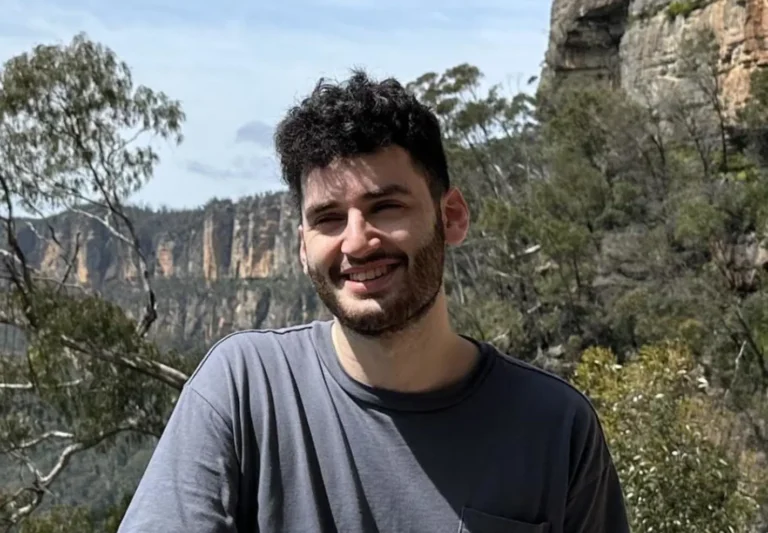
Heat islands and climate change may make parts of Sydney “unliveable”
By ALLISON HORE
Some parts of the greater Sydney area may become unliveable as a result of climate change and the urban heat island effect if immediate action isn’t taken, a new report shows.
But the City of Sydney has announced an ambitious plan to tackle this problem.
The report commissioned by the Australian Conservation Foundation, “Temperature Check: Greening Australia’s Warming Cities”, explored the issue of heat islands, or, pockets of warmer temperature caused by hot air becoming trapped between urban structures. Dark surfaces such as those made from asphalt and steel also absorb and retain more heat, amplifying the effect.
The report predicted on hot summer days in Sydney temperatures of up to 50 degrees celsius could become the norm, if preventative action isn’t taken. This is a serious issue as heatwaves already kill more Australians than any other natural disaster, and these could become more severe.
Western Sydney was highlighted as one part of Australia which could become “unliveable” if the current trajectory continues. If temperatures reach 50 degrees in the west, and the urban heat island effect adds another 10 to 15 degrees, it will make the area uninhabitable.
The report said some of the “simplest” ways to reduce the heat island effect include green infrastructure and an increased tree canopy. However, the reports’ findings show green space in almost all of Australia’s major cities has declined over the past decade.
An “ambitious” plan
In an effort to combat heat islands and improve the city’s overall liveability, the City of Sydney has outlined a $377 million plan to plant 700 new street trees a year and to cover 40 percent of the city in greenery by 2050. Strategies set out in the plan include higher canopy targets and policies to increase green roofs and walls and streetscape gardening.

Sydney’s Lord Mayor Clover Moore said the plan, “Greening Sydney 2030,” builds on the successes of the council’s previous green spaces project, “Greening Sydney 2012.”
“We’re in the middle of a climate crisis and we are already experiencing its impacts. Dangerous heat waves are arriving earlier, are hotter and last longer. Our city must adapt to the changing climate and increase its resilience to the likely impacts,” Lord Mayor Clover Moore said.
“Trees and other urban greenery are as essential as roads and broadband internet. Effective and extensive canopy cover can reduce temperatures on the ground by up to 10 degrees.”
Dr Lucy Richardson from the Monash Climate Change research communication hub, who worked on the Australian Conservation Foundation report, said that it would be “essential” for the three largest cities in the country, including Sydney, to increase the amount of vegetation.
“Natural infrastructure takes time to establish to its maximum effectiveness, so acting early is critical for meeting future needs,” she said.

Ms. Moore said the city of Sydney has been “one of the few Councils in Australia” to increase its canopy cover. She notes the council has invested $375 million into the development and renewal of parks and planted 15,052 street trees in the past 15 years.
She hopes the new strategy will “build on this progress,” if it is passed through council this month.









